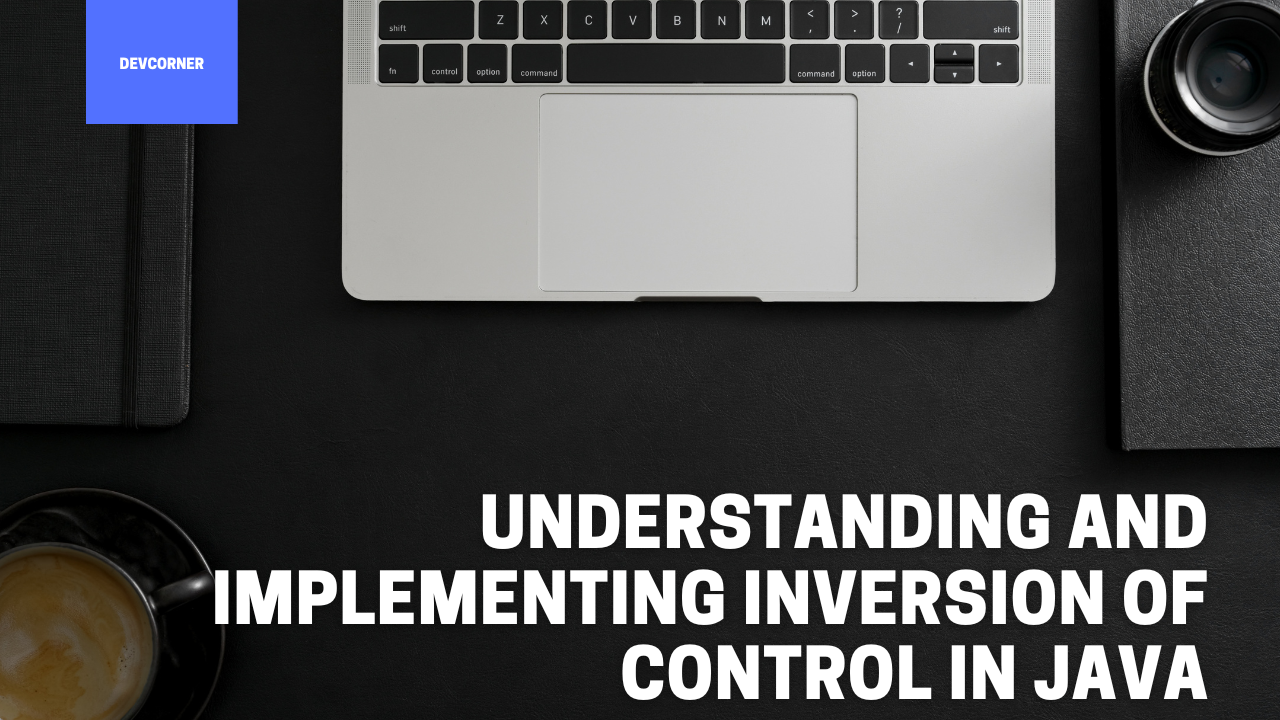Understanding and Implementing Inversion of Control in Java
 Marouane
Marouane
IOC (Inversion of Control) is a design pattern that is used to decouple the dependencies between objects in a software system. It is based on the principle that an object should not create or manage its own dependencies, but rather should have them injected into it.
In an IOC container, the dependencies of an object are defined and managed externally, and the object is given references to its dependencies when it is created. This allows the object to focus on its core functionality and logic, rather than on the management of its dependencies.
IOC is often implemented using an IOC container, which is a framework that manages the dependencies of an application and injects them into the objects that need them. There are several popular IOC containers available, such as Spring and Guice, which can be used to implement IOC in Java applications.
Suppose we have a class EmailService that sends emails, and it has a dependency on a Configuration class that provides it with the necessary configuration data, such as the SMTP server to use.
Without IOC, the EmailService class might create and manage its own Configuration object:
public class EmailService {
private Configuration config;
public EmailService() {
config = new Configuration();
}
public void sendEmail(String recipient, String subject, String message) {
// use the config object to send the email
}
}
With IOC, the management of the Configuration object is instead handled by an IOC container, which creates and injects the object into the EmailService class as needed. The EmailService class does not need to worry about creating or managing its own dependencies, and can focus on its core functionality.
Here is an example of how the EmailService class might be used with an IOC container:
public class EmailService {
private Configuration config;
public EmailService(Configuration config) {
this.config = config;
}
public void sendEmail(String recipient, String subject, String message) {
// use the config object to send the email
}
}
// create the IOC container and configure it
IocContainer container = new IocContainer();
container.bind(Configuration.class, new Configuration());
// create the EmailService object using the IOC container
EmailService emailService = container.getInstance(EmailService.class);
// use the EmailService object to send an email
emailService.sendEmail("recipient@example.com", "Subject", "Message");
In this example, the IOC container creates and injects the Configuration object into the EmailService object when it is created, allowing the EmailService object to focus on its core functionality without worrying about managing its dependencies. This can make the code easier to test and maintain, as it allows different implementations of the Configuration class to be easily swapped in and out as needed. It also allows the dependencies between objects to be more easily managed and controlled.
In summary, IOC is a design pattern that decouples the dependencies between objects in a software system by injecting them into the objects that need them, rather than having the objects manage their own dependencies. It is often implemented using an IOC container.
This article has been originally posted on www.devcorner.blog
Subscribe to my newsletter
Read articles from Marouane directly inside your inbox. Subscribe to the newsletter, and don't miss out.
Written by
